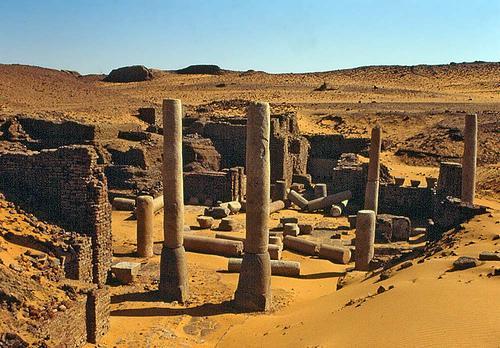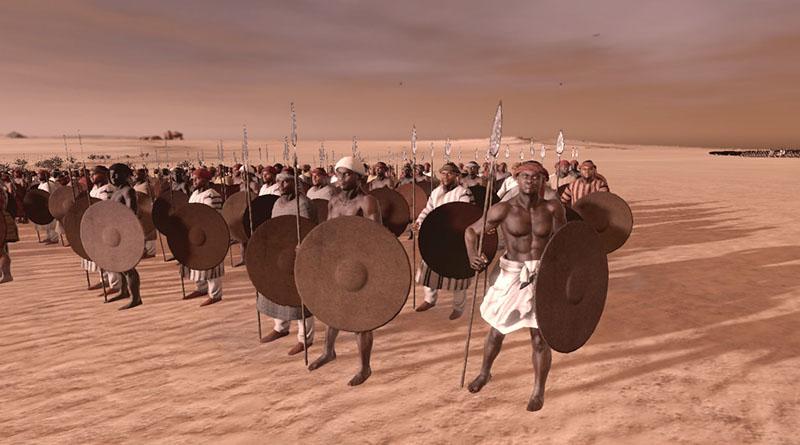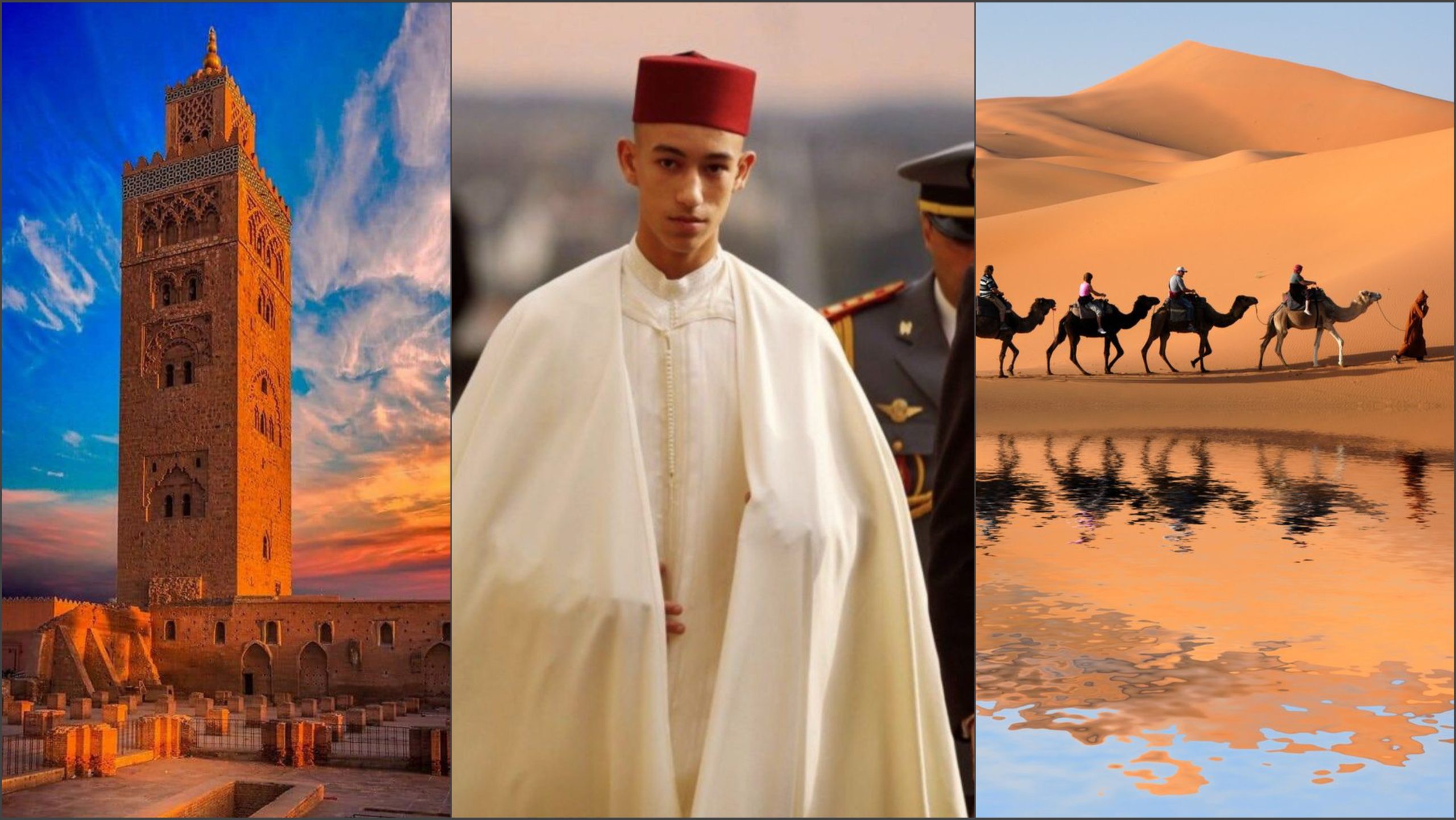The Kingdom of Dongola was located within the present day southern Egypt and northern Sudan, the dominion was best referred to as Nubian independent region. It was one among the Nubian empires that rise after the collapse of the dominion of Kush which controlled the region from 785 BC to AD 350.
Other kingdoms which emerged were Nobatia with its capital in Pachoras which is today called Faras, and Alodia in the southern region, their capital was Soba (Subah) near Khartoum the today’s capital of Sudan.
But Nobatia could be an ancient form Makuria Empire (or multiply Maqurrah, Makuura or Makouria). Many scholar believes that shifting of capital might have taken place in the beginning of 7th century, initially the kingdom was converted to Christianity.
As time went, from the 3rd cataract to somewhere between the 5th and 6th cataracts the Kingdom itself protected the region around the Nile. It also controlled trade routes, mines, and oases to the east and west.
Their capital was Old Dongola some people spell it as Donqulah which was the favored place. Dongola and Makuria are largely compatible, but after 652 AD Macuria seems to regulate.

In the 5th century, Ancient Dongola was established as a fortress but rapidly a settlement has been built in it that became a town. Please note that the dates are very unclear for most of the Dongola / Makurian members.
It was probably in the early second millennium AD that Nubian speaking were relatively non-nomadic, started to arrive in the Meidob Hills, Jebel Meidob, in the north-east corner of Darfur in Sudan.
The resulting Meidob and Midob culture flourished, but did not influence the rule of the region to any extent. The hills are a concentration of volcanic hills and lush valleys and Malha Crater, an important reservoir of rock salt and dull salt, is known as the depression on the west side of the hills.
In this crater there is freshwater as well as a small lake and the salt collected by the people of Meidob has been sold on the trade markets to the neighboring Arabs. All the hills are archeological sites with settlements, stone barrows, and rock art.
The area is typically provided as evidence of the growing presence in Darfur by Christian Nubians by ruins, language, custom of matrilineal descent, and Meidobis’ claim to be Mahas Nubians of origin. They likely came there from Kordofan instead of the Nile Valley, and over time Nile customs were spread through trade and additional migration. It is estimated that Malha and Abu Garan have sustained populations of 6,000 people in a much higher precipitation in the hills.
 The African History Truly African
The African History Truly African

